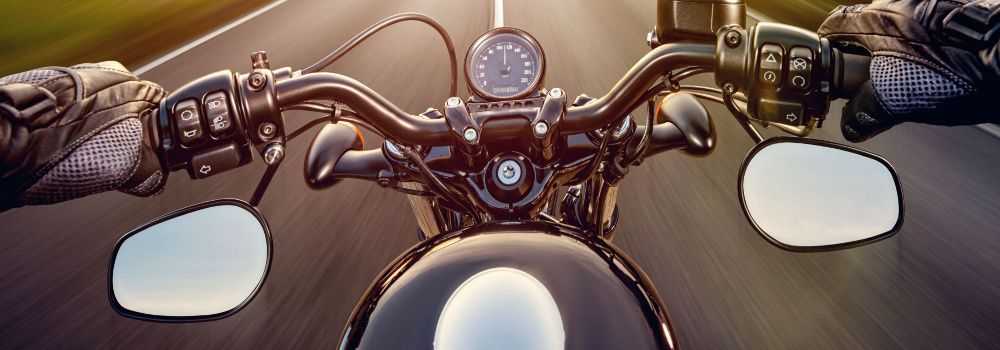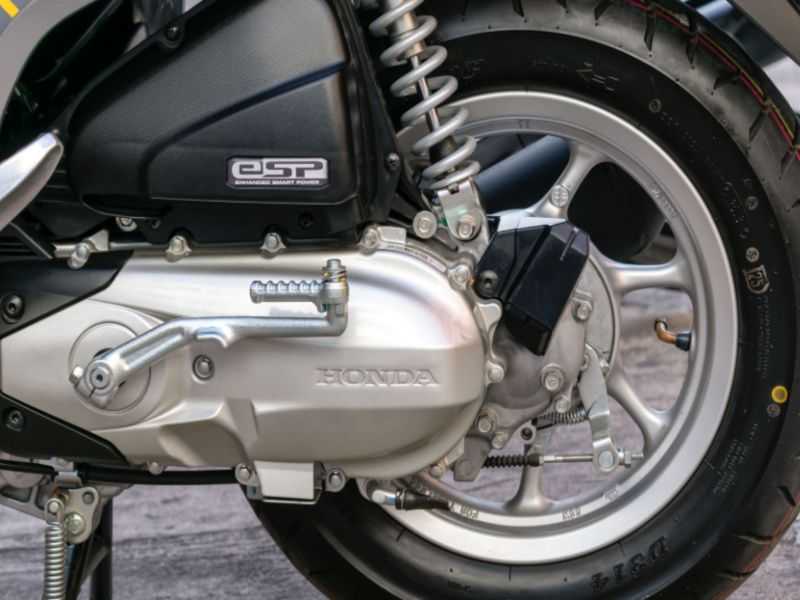
How To Restrict a Motorbike
Restricting a motorcycle is incredibly important for a multitude of reasons, the main reason being that you want to be able to ride your motorcycle legally and within the legal regulations of your license type.
The type of rider that will be looking to restrict their motorcycle will be a rider on the A2 motorcycle license, this license restricts riders to 47 horsepower and no more, however does grant riders the ability to ride motorcycles up to double this capacity provided that the motorcycle is restricted down to the 47 horsepower mark, this allows riders to ride bigger motorcycles and learn their craft on a bigger machine which in turn means that when the full ‘A’ license is passed, they can simply de-restrict their motorcycle once again and enjoy the full power that their bike has to offer.
So, how do you go about restricting your motorcycle? There are plenty of ways to do so, we recommend simply taking your motorcycle to a garage or approved specialist who can do this for you for a very reasonable price, however, if you’d prefer to do so yourself to save some money, here are some tips:


There are many ways to restrict a motorcycle and this depends on the type of motorcycle, the type of engine and how old it is. If your motorcycle is older and has a carburettor then it’s a case of removing the carburettor from the intake valves and adding a restrictor ring to the front and rear cylinder intakes, this will reduce the amount of fuel and air that can get into the carburettor, thus limiting the power of the motorcycle as per the legal requirements.
This is very simple to do as we will explain below:
-
Remove the airbox from the motorcycle to give you access to the carburetor, the airbox will be connected to the carburetor therefore you won’t have to look far for both of these.
-
Detach the carburetor from the intake valves and remove from the motorcycle so that you can access the intakes of the cylinders.
-
Fit a restrictor ring inside the front cylinder intake, you will have a ring with you that will reduce the amount of speed and air that gets through to the carburetor, therefore slowing down the motorcycle.
-
Fit a restrictor ring inside the rear cylinder intake, fit your other ring to the rear cylinder intake which will serve the same purpose as the ring previously fitted.

See how much you can save
Compare quotes from 37 insurers
-
Refit the carburettor to the intake valves as they were before on the motorcycle and make sure that they are correctly fitted with no leaks.
-
Reattach the airbox & pipes to the carburettor and once again make sure that there are no gaps or ways that anything can leak.
-
Test the motorcycle, you should now feel the effects of your restriction in place, yes, it’s painful and yes the lack of power sucks, but at least you are now legally covered and your motorcycle is within the legal limits of your A2 license, want to feel the full power of your motorcycle? Pass the ‘A’ test and you can!

More modern motorcycles that have ECU’s can be restricted simply using a setting on the ECU within the factory, you may be able to adjust this yourself, or you’d need to head over to a dealership to get them to derestrict the motorcycle for you with proof of your A license capabilities.
Other methods of restricting motorcycles include a physical throttle restrictor which stops the throttle from opening too much and opening the butterflies fully, this keeps the motorcycle under a certain amount of revs, thus reducing the speed in which it goes at.Things such as the air intake can be reduced and additional weight can be placed onto the motorcycle which reduces the speed.
If you are not sure if you are within the legal limits after restricting your motorcycle, it could be worthwhile heading to a motorcycle dyno and getting it tested out there, they will be able to test your motorcycle at different rev ranges and speeds and give you an accurate number of your power output on your motorcycle.
Although it is hard to check and very difficult to test to see if a motorcycle has been restricted or not, we do not advise you try and risk riding without a restrictor on your motorcycle if you are riding on an A2 license. If caught, you could find yourself with hefty fines and a driving ban, your insurance would also be invalidated, plus placing you in further danger. If you were to have an accident and your motorcycle was found to be derestricted, you could once again find your motorbike insurance invalidated, therefore giving you no protection.
